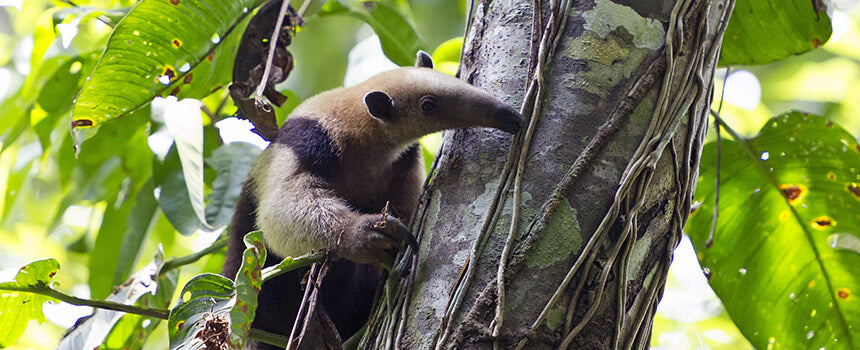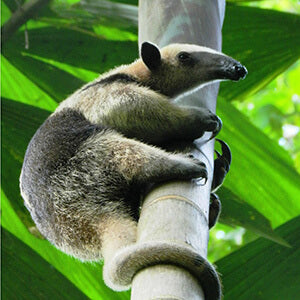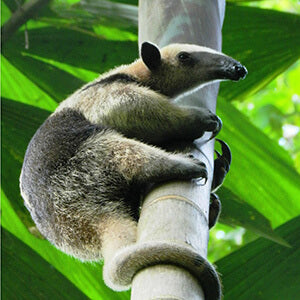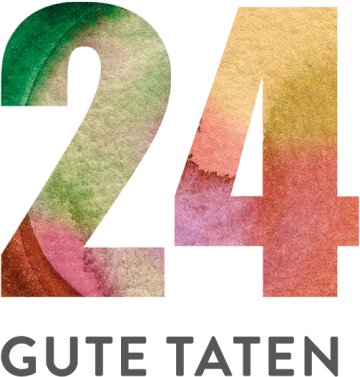Day 1
A tree is planted to protect anteaters in Costa Rica
 Anteater seeks woman Anteater seeks woman
Anteater seeks woman Anteater seeks woman


Loss of tropical forest in Costa Rica

need
Connecting tropical forests to conserve the red anteater in Costa Rica.
activity
The local organization Fundación Pro Reserva Natural Monte Alto plants trees with students from the region.
Measurable performance
Number of trees that can be planted and cared for. Up to 600 trees can be planted per hectare per year.
Result
After three years of care, the newly planted trees are strong and large enough to grow independently and displace the pasture grass.
Systemically relevant impact
The anteaters can now move around freely and form pairs. This will ensure their survival in the Guanacaste region.
background


The good deed
AboutCosta Rica

San Jose
Capital city
4 857 300
Population
11 835
Gross domestic product
per capita per year
66
Human Development Index
(Human Development Index)



